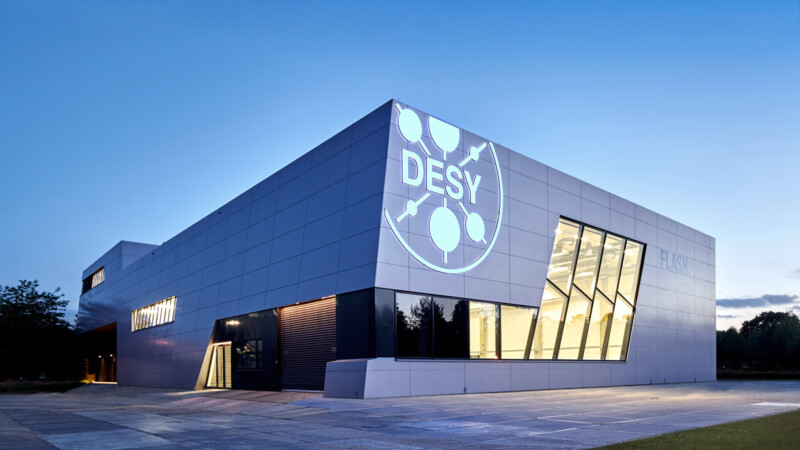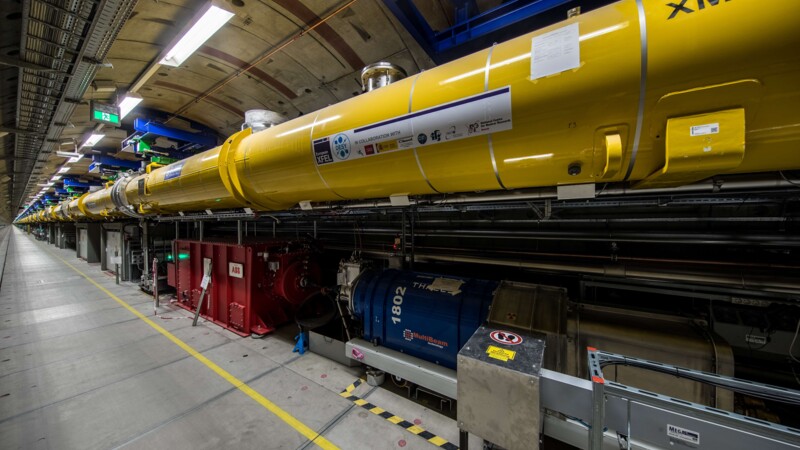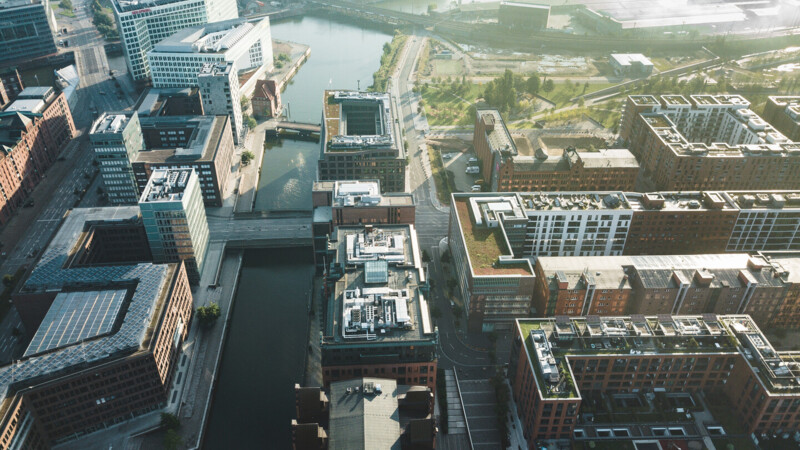Dosch pointed out: “DESYUM and the fascinating, interactive science exhibition for everyone, which extends over two floors, will become a new dialogue platform and a contact point for everyone interested in science. The DESYUM will be DESY's shop window to the world." Fegebank commented: “The DESYUM will be a nexus for visitors and guest researchers from all over the world. The DESYUM is thus not only an outstanding calling card for DESY, but also for the entire Science City Hamburg Bahrenfeld.” Construction of the landmark DESYUM is due for completion in late 2024 and the first visitors can view the exhibition from April or May 2025.
The cornerstone for DESY's new visitor centre, DESYUM, was laid Wednesday (May 31, 2023) during a ceremony attended by Katharina Fegebank, Senator for Science and Research, Professor Helmut Dosch, Chairman of the DESY Board of Directors, and other guests of honour. The new six-storey DESYUM is being constructed at an estimated cost of EUR 28.7 million 90 per cent of which stems from the German Ministry for Education and Research while the City of Hamburg is paying the remaining 10 per cent. DESYUM will house a large atrium, a cafeteria and offices as well as a lively multimedia exhibition to make DESY’s research and innovations more accessible to the general public.
DESYUM - calling card Science City Bahrenfeld
Sustainable and inspired by research technology
Designed by HPP Architects in Hamburg, DESYUM will offer 3,250 square metres of usable space. The striped façade, made from anodised aluminium, is inspired by the shape of high-precision tracking detectors used to measure fast particles. Curves and circles in the floor plan, on the roof terrace, and in the façade refer to the shapes of DESY’s particle accelerators. The building is being constructed according to the BNB Silver sustainability standard. A special construction technique will save 30 per cent of the concrete normally used for the load-bearing structure. The energy-efficient building will be connected to DESY’s local heating network and will be heated by residue heat from DESY’s particle accelerators. A biodiverse green roof with a rain storage function should compensate for at least a part of the land used for the building.
nj/sb/pb
Sources and further information
More
Similar articles

DESY and U.S. Discovery Partners Institute become innovation partners

"Hamburg 2040" award for DESY's research centre

Hamburg and Schleswig-Holstein forge closer academic co-operation
